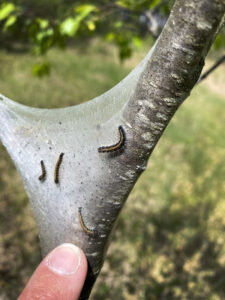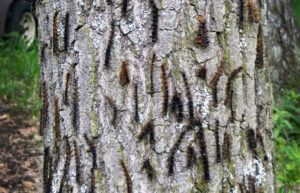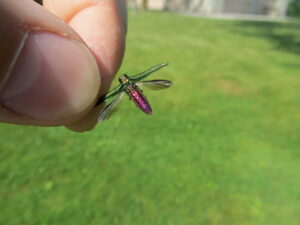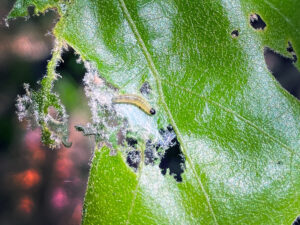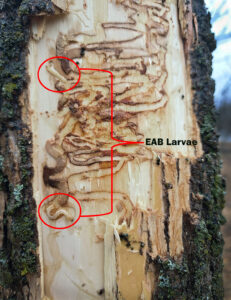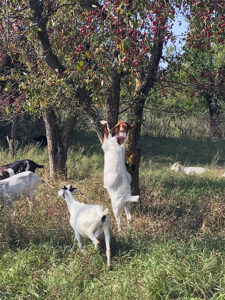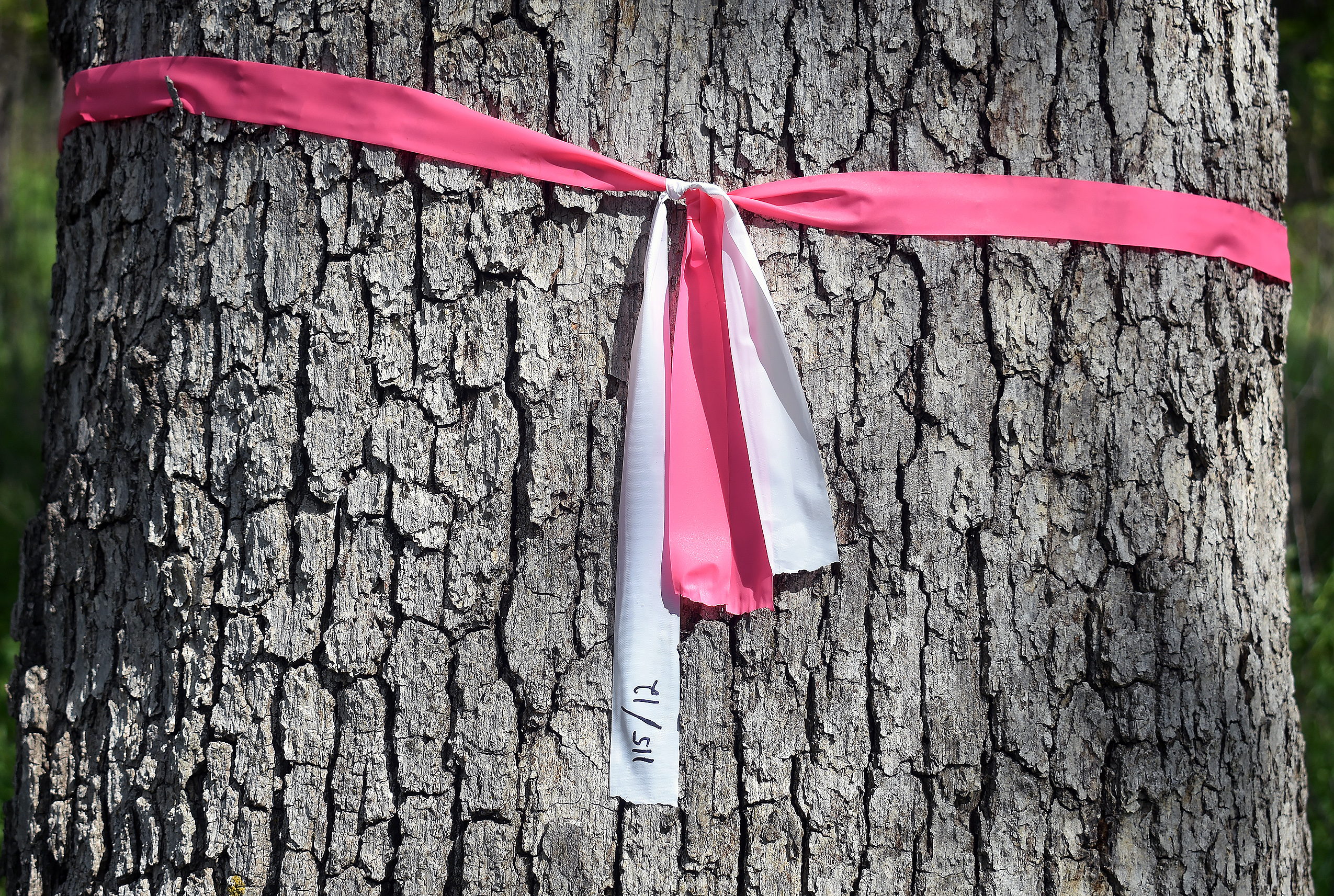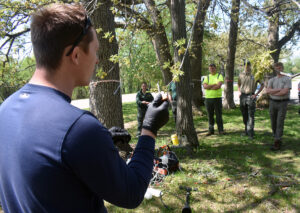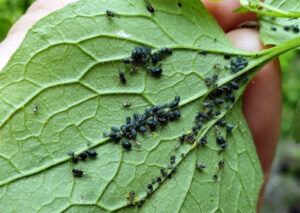Erika Segerson-Mueller, DNR Forest Health invasive plants program specialist, Oshkosh
Erika.SegersonMueller@wisconsin.gov or 715-492-0391
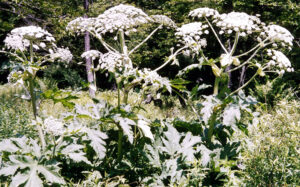
Umbel of a giant hogweed plant. This invasive plant can grow stems 2-4 inches in diameter and can grow as tall as 15 feet. Photo: USDA APHIS PPQ, Oxford, North Carolina; Bugwood.org
This time of year, calls start rolling in about potential sightings of the invasive plant giant hogweed (Heracleum mantegazzianum). Although occurrences of the plant remain rare in Wisconsin, from late May through early July giant hogweed is often confused with a native plant, cow parsnip (Heracleum maximum).
Both are large plants with similar habitat preferences. They prefer shady areas and are often found along stream banks, roadsides and ditches. Giant hogweed is a prohibited species under Wisconsin’s Invasive Species Rule NR40. Its fast growth rate crowds out native vegetation and erodes soil, and skin contact can potentially cause irritation.

